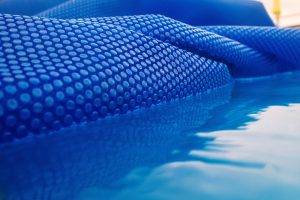My pool is brand new. It is about 16K gallons including the spa. I also have an AOP sanitation system which means I can run pretty low FC. I’m excited to take care of it myself and not intimidated by testing. I already have a drop style test kit. I downloaded PoolMath and think it is pretty great BUT why are the recommended levels of TA and CH so different from every other recommendation I see out there? Here is my latest log if you have advice.
==========================================
Backyard Pool
------------------------------------------
Build Type: Plaster
Volume: 16030 gallons
------------------------------------------
Latest Test Result Summary:
FC: 0.8 (11 hours ago)
CC: 0.0 (11 hours ago)
pH: 7.5 (11 hours ago)
TA: 110 (20 hours ago)
CH: 220 (20 hours ago)
CYA: 45 (20 hours ago)
TEMPERATURE: 70° (11 hours ago)
CSI: -0.22 (11 hours ago)
==========================================
==========================================
Backyard Pool
------------------------------------------
Build Type: Plaster
Volume: 16030 gallons
------------------------------------------
Latest Test Result Summary:
FC: 0.8 (11 hours ago)
CC: 0.0 (11 hours ago)
pH: 7.5 (11 hours ago)
TA: 110 (20 hours ago)
CH: 220 (20 hours ago)
CYA: 45 (20 hours ago)
TEMPERATURE: 70° (11 hours ago)
CSI: -0.22 (11 hours ago)
==========================================


